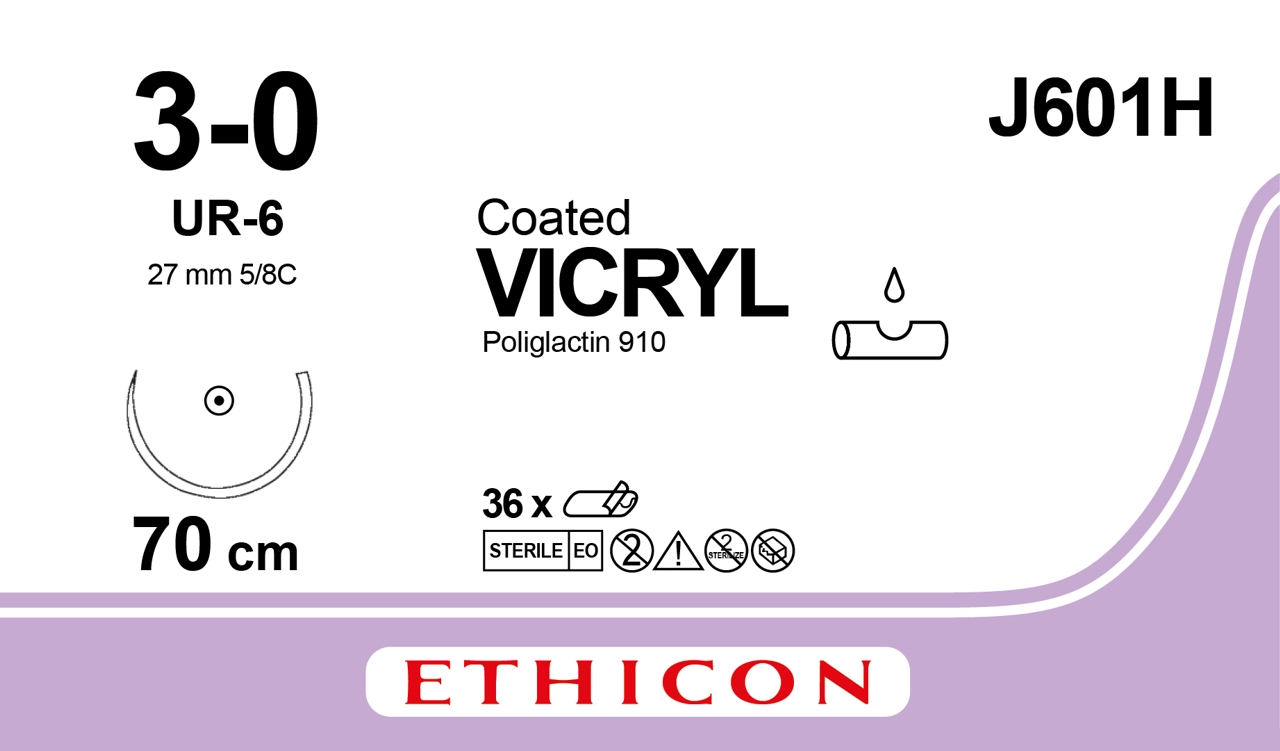An absorptive stitch relies on natural material to weaken as time passes and allow the body to absorb the materials. Whilst appropriate for almost all situations this sort of sew up, stitch, stitch up, close, seal has become significantly common as it provides a simple way patients and doctors to shut certain injuries and minimize curing times. There are several different options available in the market place which can help to make it difficult to know which type regarding suture material is better to use with regard to specific situations.
Many of the absorptive suture products on the market rely on the absorbable synthetic fibers. The precise material takes on a vital role in an if the suture will be used. Power retention is mainly based mostly on the form of material and it is a key factor in deciding whenever to use absorptive suture or conventional suture. Along along with the initial strength of the material it is crucial to consider in vivo strength retention as well. Some absorptive material only gives 50% in festón strength retention after one week while other people offer 75% following one week and 60% after 6 weeks.
There are a new variety of attributes individual absorptive sew up, stitch, stitch up, close, seal materials have. For example , monofilament sutures focus on the advantages associated with a smooth area which leads to be able to less tissue stress however these elements may be more tough to handle plus tie knots using. On the some other hand, multi filament sutures offer superb handling and power but can prospect to more significant tissues trauma. polyglactin suture provides many benefits but can easily lead to tissues reactions if right now there is an allergic attack. Generally, an sain suture breaks down our bodies by hydrolysis meaning there is usually no foreign human body left. Unfortunately, in such a circumstance too quickly the particular wound may not receive the support it needs and even reopen.
Traditionally, buvable sutures are most often used within the dermal coating where they aren’t be accessed again. This allows them to maintain tensile strength initially but hydrolyze with time as the scar tissue matures. Over the earlier five years, this is become even more common for absorptive sutures to end up being used for closures of superficial skin layers as good. This really is particularly true in pediatrics wherever the fear of sew, sew up, stitch, stitch up, close, seal removal may be only as dramatic as being the idea of having sutures placed. Because an added advantage, several replicated research note that in the realm of pediatrics and absorptive stitch can be the acceptable alternative throughout terms of general efficacy and plastic outcomes.
As typically the number of absorptive suture options continues to grow there is no doubt they can become stronger plus easier to use for extensive wound healing. While many doctors still prefer non-absorptive assemblée for cosmetic reasons, the rapid advancement and tensile strength and usability has turned typically the absorptive suture a lot more popular than ever before before.
